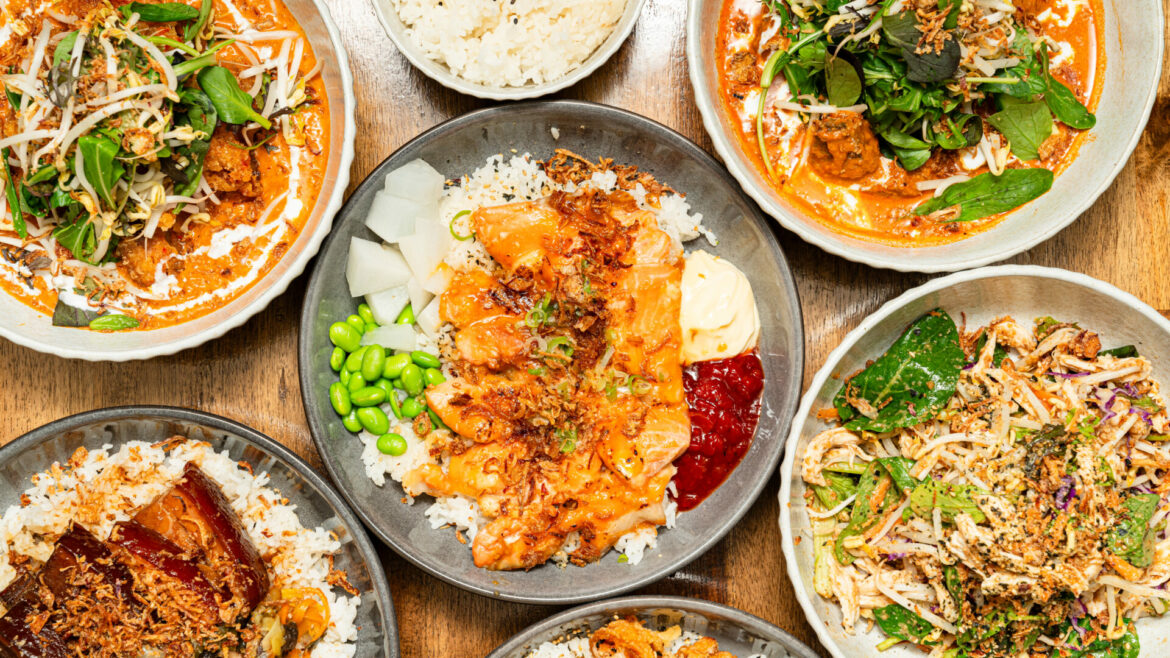Asian cuisine is known for its bold flavors, intricate techniques, and diverse range of ingredients. From the spicy curries of India to the delicate sushi of Japan, Asian cooking encompasses a wide array of dishes that have captivated food lovers around the world. If you’ve ever wanted to unlock the secrets of Asian cooking and learn how to recreate these delicious dishes at home, here are a few tips to get you started.
Understanding Flavor Profiles:
One of the key components of Asian cooking is the balance of flavors. In many Asian dishes, you’ll find a combination of sweet, salty, sour, and spicy elements that work together to create a harmonious taste experience. For example, Thai cuisine often features a balance of sweet and spicy flavors, while Chinese cuisine may incorporate sour and salty notes. By understanding the basic flavor profiles of different Asian cuisines, you can begin to experiment with creating your own delicious dishes.
Exploring Ingredients:
Asian cooking relies on a wide variety of ingredients that may be unfamiliar to those new to this cuisine. From exotic spices like star anise and cardamom to unique vegetables like bok choy and lotus root, Asian cooking offers a wealth of new ingredients to explore. To get started, consider stocking your pantry with staples like soy sauce, fish sauce, rice vinegar, and sesame oil. These ingredients form the building blocks of many Asian dishes and will help you to create authentic flavors in your cooking.
Mastering Techniques:
Many Asian cooking techniques, such as stir-frying and steaming, are designed to preserve the natural flavors and textures of the ingredients. Stir-frying, in particular, is a popular cooking method in many Asian cuisines that involves quickly cooking ingredients in a hot wok with a small amount of oil. This technique allows the ingredients to retain their crispness and vibrant colors, resulting in dishes that are both flavorful and visually appealing. By mastering these traditional cooking techniques, you can elevate your Asian cooking skills and create dishes that are truly restaurant-quality.
Experimenting with Recipes:
Once you have a basic understanding of Asian flavor profiles, ingredients, and cooking techniques, it’s time to start experimenting with recipes. Start by trying out simple dishes like fried rice or stir-fried vegetables, then gradually work your way up to more complex dishes like curry or sushi. Don’t be afraid to put your own spin on traditional recipes by adding your favorite ingredients or adjusting the seasonings to suit your taste preferences. The beauty of Asian cooking lies in its versatility, so feel free to get creative and make dishes that reflect your personal style.
In conclusion, uncovering the secrets of Asian cooking is a rewarding journey that can open up a world of delicious and flavorful dishes. By understanding flavor profiles, exploring ingredients, mastering techniques, and experimenting with recipes, you can develop your skills in Asian cuisine and create dishes that rival those served in your favorite restaurants. So roll up your sleeves, stock up your pantry, and get ready to embark on a culinary adventure that will delight your taste buds and impress your friends and family.

